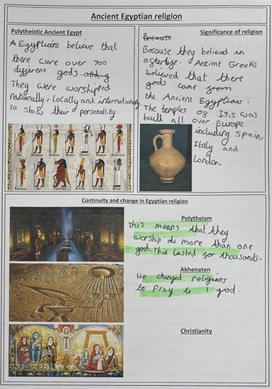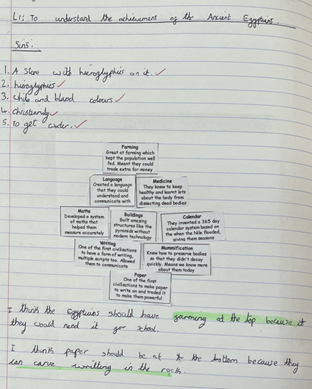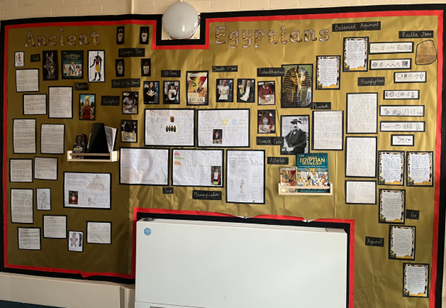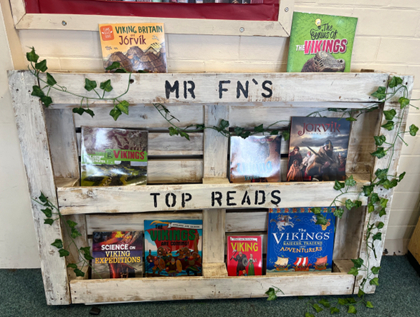history
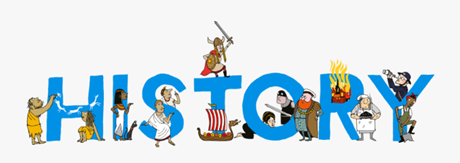
INTENT
Our aim is to provide opportunities for all children to understand, appreciate and enjoy the multi-cultural world in which we live in and to celebrate its rich diversity. History at Sutton Road Primary and Nursery School is taught within ‘Curriculum Vehicles’, with our key Curriculum Drivers being Diversity and Future Aspiration. This involves us incorporating soft, employable skills within our History curriculum. Our local area is utilised to support the teaching of History, such as exploring mine closures which had a significant impact on the local community.
The History curriculum at Sutton Road Primary follows the National Curriculum as a basis for its content and framework. Key historical concepts of continuity and change, cause and consequence, similarity, difference and significance run through the curriculum. It will inspire children’s curiosity to know more about the past and encourage them to ask perceptive questions by providing enriching learning experiences through visits, visitors and artefacts. Children will ‘think like a Historian’ and develop as experts in questioning, thinking critically, weighing evidence and arguments, and gaining perspective and judgement.
Through our curriculum design, we ensure repeated encounters with important ‘key concepts’ which we have devised as a school and refer to every lesson. Examples include power, settlements, living things, innovation and discovery and key events. This is allows children to draw comparison and make links with prior learning.
Children also develop chronological knowledge and knowledge and understanding of our local area, country and the wider world through the teaching of our ‘Vehicles’. The coverage of recent history in KS1 such as ‘Magnificent me’ and ‘Gruesome Germs’ enables children to acquire an understanding of time, events and people in their memory and their parents’ and grandparents’ memories. The intent in lower KS2 is that children can work in chronological order from the Stone Age to Iron Age and then progress onto the Romans and Anglo Saxons to embed this sequence of chronology. Upper KS2 allows children to repeat and embed this sequence of chronology with a wider selection of ancient history such as ‘Ancient Greece’ and ‘Ancient Egypt’ through to more modern history such as ‘World War II’.
We know some knowledge is particularly important for a particular topic or period studies. We call this ‘sticky knowledge’ and this is what we deem most important for pupils to retain in their long-term memory. We ensure this knowledge is being retained through retrieval practice activities planned for at the beginning of every History lesson, whether that be looking at learning in the previous lesson, previous ‘vehicle’ or previous year(s). ‘Sticky knowledge’ is outlined in our medium-term plan.
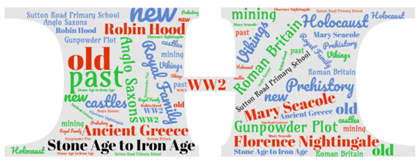
IMPLEMENTATION
Our History curriculum:
- Fosters an interest and understanding of the past.
- Enables children to know about significant events in British and World History.
- Develops a sense of chronology.
- Helps children understand society and their place within it, so they develop a sense of cultural heritage.
- Develops skills of enquiry, investigation, analysis, evaluation, and presentation.
IMPACT
Examples of children’s work and displays demonstrate our intent and implementation for all pupils.
EYFS
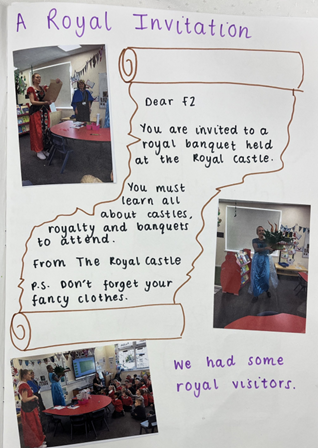
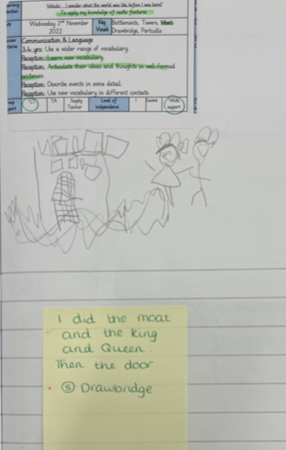
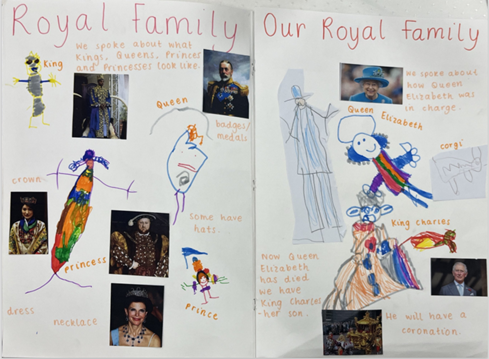
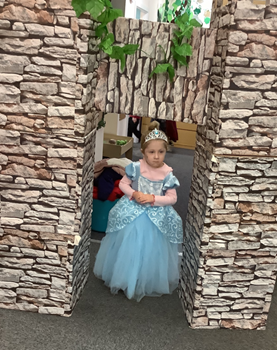
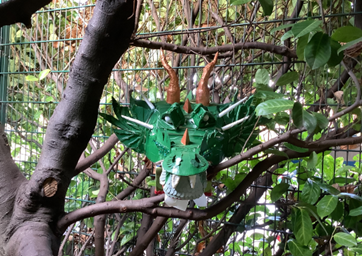
Year 1
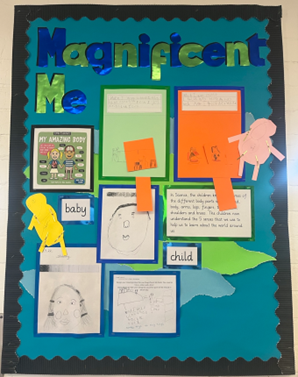
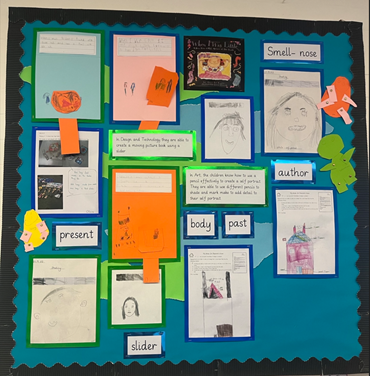
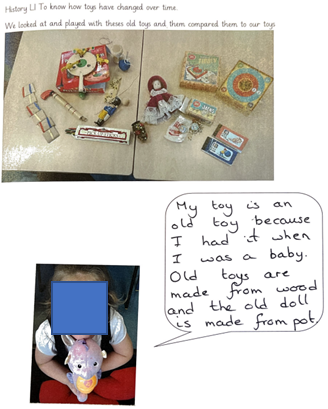
Year 2
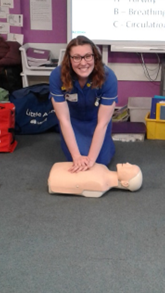
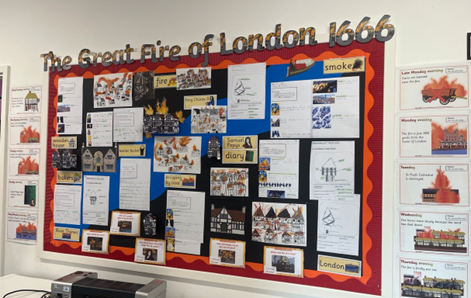
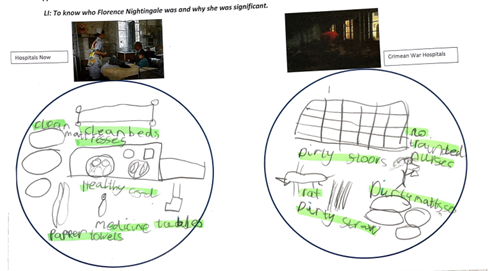
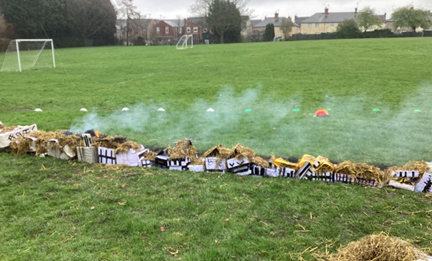
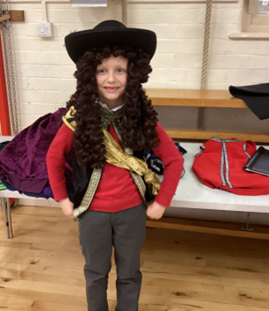
Year 3
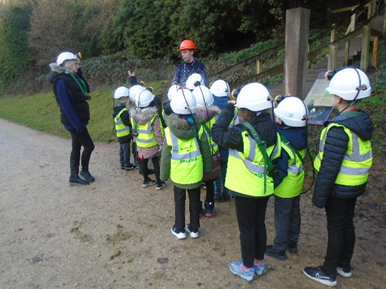
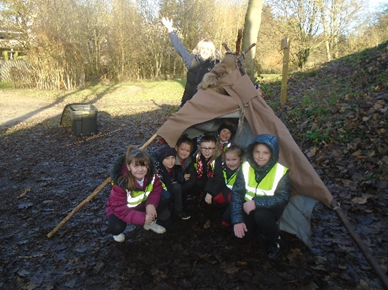
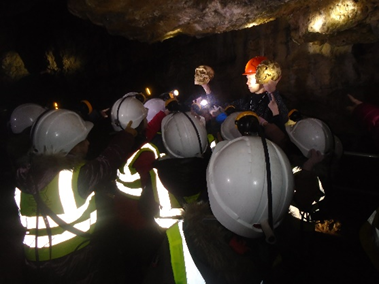
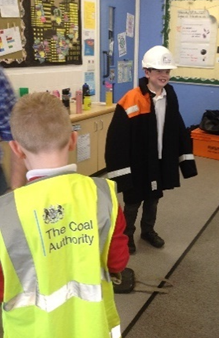
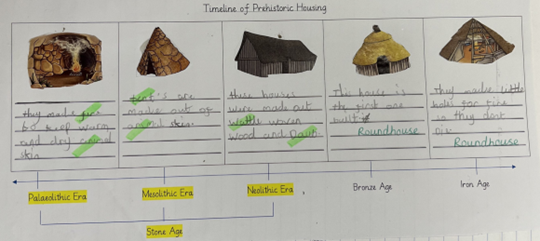
Year 4
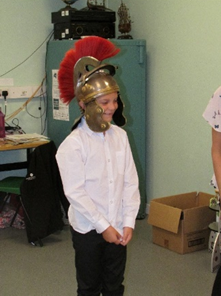
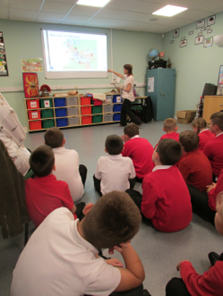
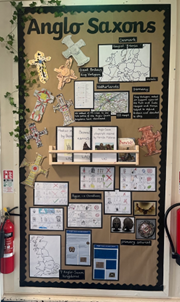
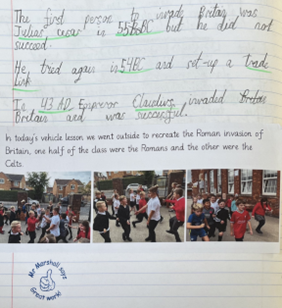
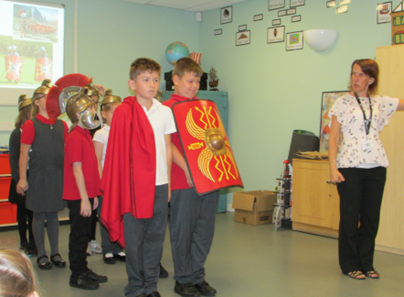
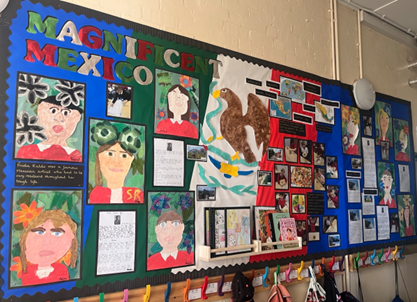
Year 5
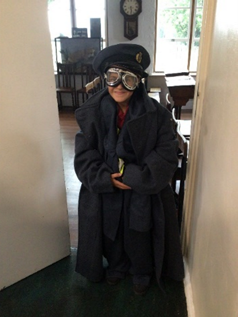
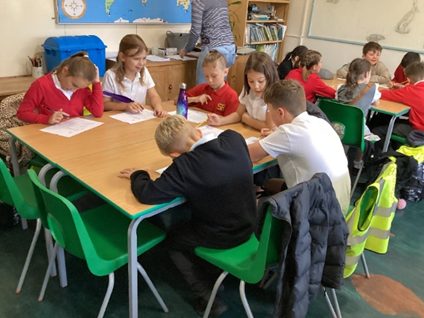
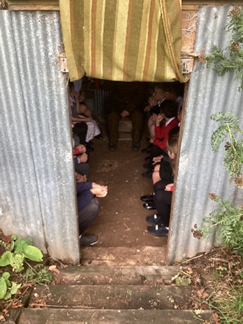
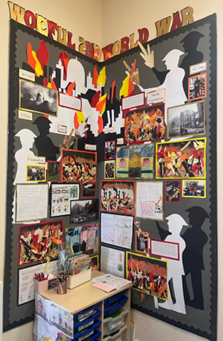
Year 6
